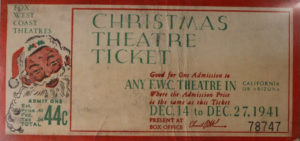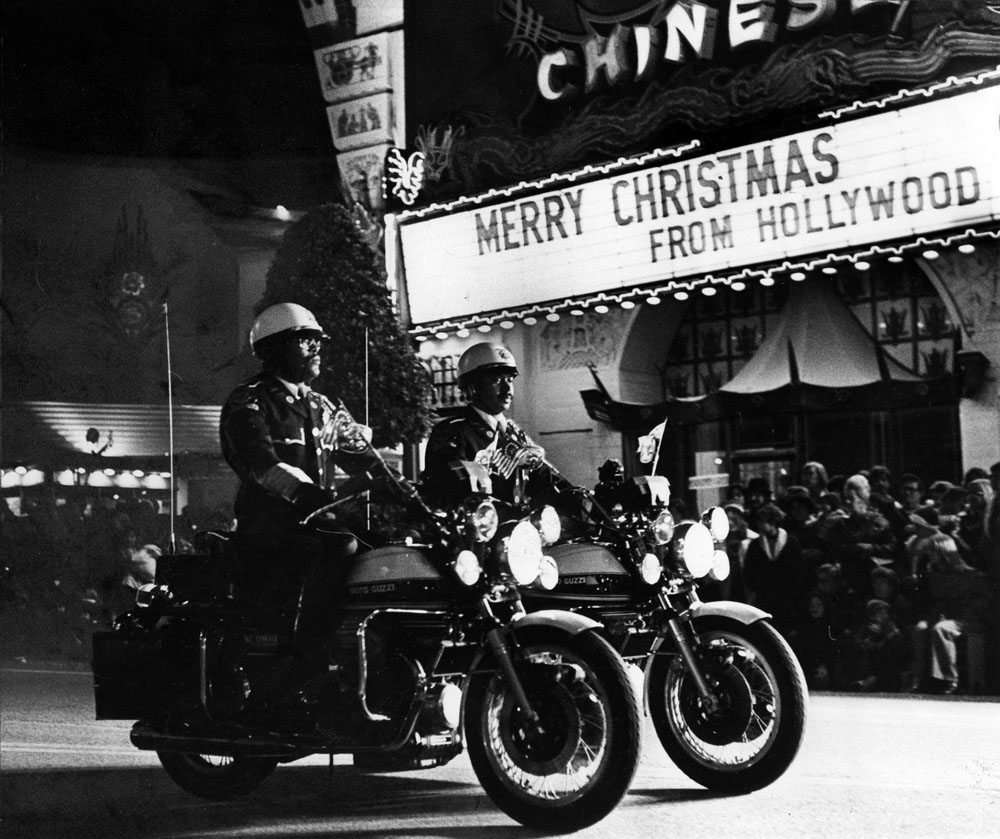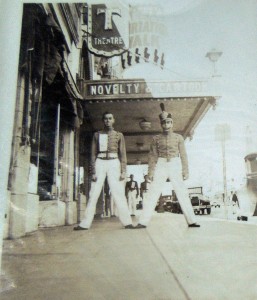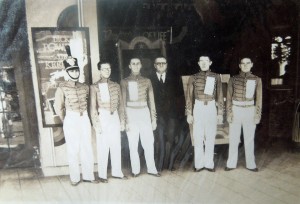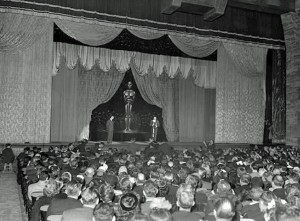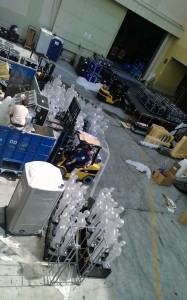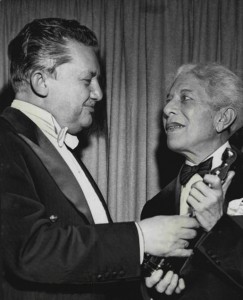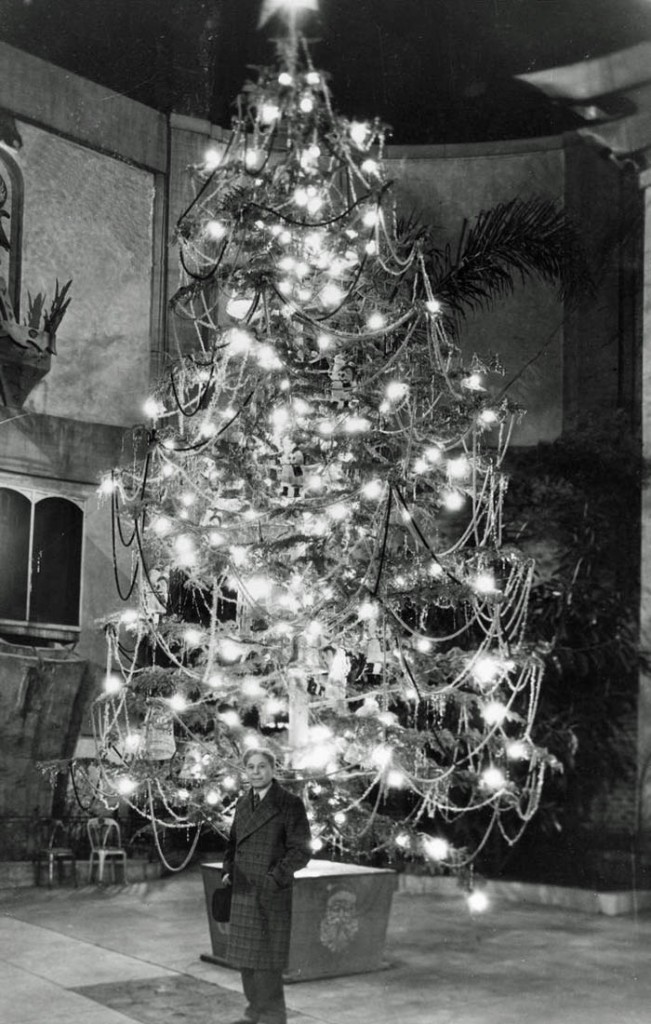Anyone who has visited Grauman’s Chinese has surely taken notice of the wax figures which stand watch at the theatre. If you’ve taken the official tour, you may have even been told of the many celebrities who have rubbed the figures’ sleeves for “good luck” and been afforded the opportunity to partake of the tradition yourself. However, few people realize the true historic nature of these figures (currently figure).

The origins of the figures date back to 1925, when Sid Grauman commissioned a series of works from the Stubergh Manufacturing Company. The Stuberghs, who were personal friends of Grauman’s from his years in San Francisco, were a family of renowned wax artists who had made their name as one of the first manufacturers of retail store mannequins. Their initial work for Grauman entailed creating figures of movie stars, to be displayed at the Egyptian Theatre, and a few pieces utilized in some of Sid’s infamous pranks. Then, in 1926, a series of Chinese figures (described at the time as “common Orientals”) were commissioned, as promotional pieces, for Grauman’s soon to open masterpiece.
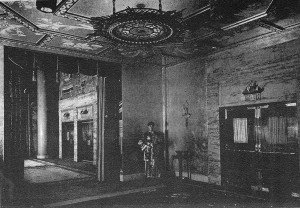
Originally consisting of both genders, the 5’3” figures were dressed in ornate ethnic costuming and situated throughout the lobby, as if they were theatre attendants. According to an account by the late theatre historian, Terry Helgesen, some of the figures were even partially animated, with motorized arms that moved “as if smoking opium or fanning”. The lifelike nature of this early display was such that stories abounded of theatre patrons attempting to strike up conversations with the wax figures, only to skulk away embarrassed, as they realized their error.
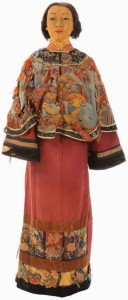
In time, an ever shrinking number of figures were relegated to less realistic, roped off, display positions and the purported animated versions vanished all together (as did the male figures). After deteriorating, due to age and public handling, the original costuming was replaced by far less grand Chinese themed clothing. By 2000, only two of the figures remained on display, with a third, damaged figure, housed in the basement. The damaged figure and one of the displayed figures were auctioned off in December of 2013, leaving only a single Stubergh figure in place; now, among the last original floor pieces still in use at the theatre.
As for the figure’s creators, Madam Katherine Stubergh and her daughter, Katherine Marie, went on to great fame throughout the twentieth century. Due, in part, to their Grauman Hollywood connection, the Struberghs’ work was featured in numerous motion pictures (the wax figures in 1953’s “House of Wax” being the most famous example) and having one’s likeness reproduced as a “Stubergh” became a status marker among the celebrity elite (Douglas Fairbanks Sr.’s bronze memorial plaque was modeled by the Stuberghs). Later works included the famous “Last Supper” scene, on display in Santa Cruz, California, and a great many of the original figures in the Hollywood Wax Museum.
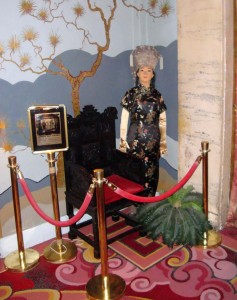
So, the next time you find yourself at the Chinese Theatre, be sure to take a moment to appreciate that worn figure standing watch in the corner.
Tags:

